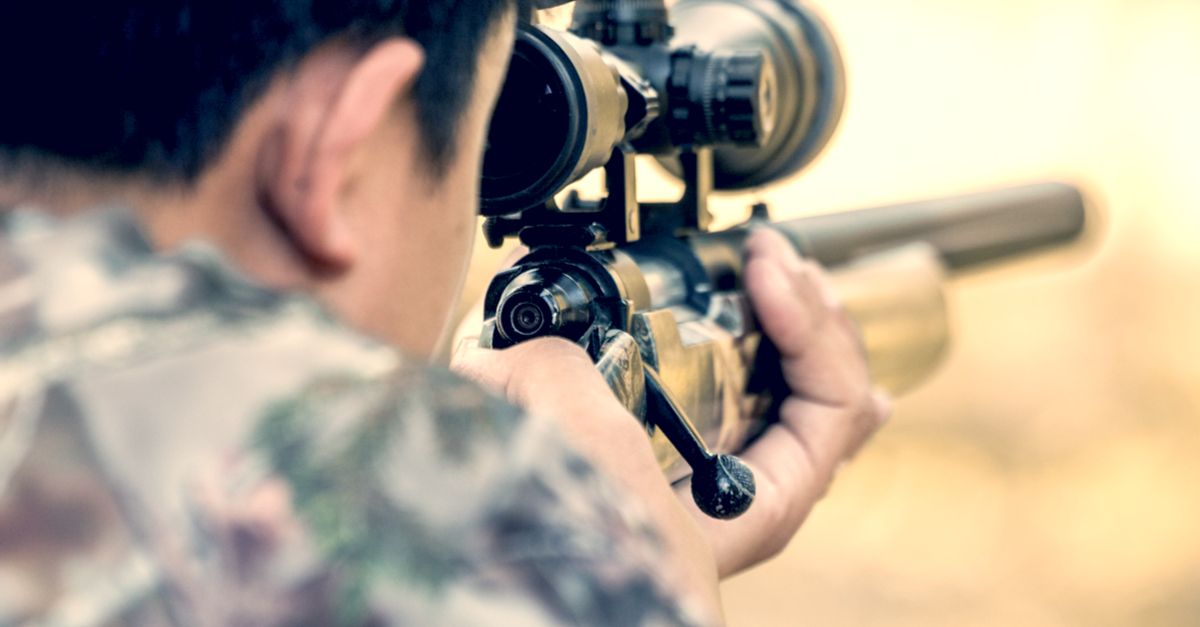Long Range Shooting 101

Introduction
The shooting world can be a bit cyclical, with things going out of fashion and then coming right back when a new technical advantage comes into play. We have seen progression in our understanding of ballistics, and our options for optics have steadily improved. Rifle manufacturers have also noticed the demand for reasonably priced precision rifles. Custom builds are still popular, but now a good quality precision rifle is well within the budget of the average shooter. This has led to growth in the long-range shooting community, which is still relatively small. As the growth continues, we will certainly see even more price improvement for rifles, optics, and even ammunition!
So, what do we consider long-range shooting to be? This is relative to the shooter and their rifle, and for some, it could be long-range at around 600 yards. However, for the purposes of this article, we will define long-range shooting as distances of 1,000 yards or more. Let’s go ahead and take a look at what you will need to consider and what components you will need!
Rifles
Interest in long-range shooting has steadily grown, and so has the offerings from most major firearms manufacturers of both custom and stock rifles. You’ll need a rifle chambered in a caliber that can make it long distances, so the first thing to consider is action length. You have three options: short action, long action, and magnum action. What are the differences you may ask? Well, let me tell you!
First off, action refers to the length of the bolt action mechanism that is essentially the heart of the rifle. There are three distinct categories for these, and they have very real industry definitions. Short action refers to the action for a cartridge that has an overall length of 2.8” or less. This includes the very popular 308 Winchester, and 6.5 Creedmoor. To be clear, short action does not mean underpowered! Long action refers to the action of a rifle that can accommodate a cartridge that has an overall length of 3.34” such as the 30-06 and 300 Win Mag cartridges, and magnum action can accommodate a round up to 3.75” such as the 338 Lapua cartridge.
So, now that we have considered what options we have in length of action, we need to consider the type of action, meaning a semi-automatic or bolt action rifle. Most, but not all, long-distance shooters go with a bolt action, and you may be wondering why. Bolt action rifles can be less expensive than their semi-auto cousins, but that would hardly be a good reason to go with a bolt action. Semi-automatic rifles have more moving parts, and since one of the keys to precision shooting is consistency, then the fewer moving parts on the rifle the more consistent the actions for each shot will be. I can’t speak for all rifles, but bolt actions typically have free-floating barrels, whereas semi-autos do not. Free-floating barrels typically allow for better barrel harmonics as they aren’t really touching anything as they fire.
There are many fantastic offerings of affordable bolt actions from major manufacturers, that you won’t have trouble finding one in your price range to get your long-distance shooting journey started!
Ammunition
When choosing a caliber for long-range shooting, you will first need to consider the distances you want to use that round for. Even if you have a great rifle, optics, and mad skills, you won’t be able to hit your target if you chose the wrong round for the distance. Here are a few characteristics to look at when choosing a caliber:
- Ballistic Coefficient: The higher the coefficient the better. In a nutshell, the ballistic coefficient is the measurement of the round’s ability to slice through the air.
- Long Supersonic Range: The longer the round stays supersonic in flight, the further it will travel and the better terminal performance, which really only applies to sniping and hunting. Supersonic range is determined by the ballistic coefficient, projectile weight, and projectile design.
- Projectile: The design of the projectile is more important than most people realize. It’s easy to get wrapped up in considering twist rate, projectile weight, powder charge, and so forth, a lot of people don’t take into consideration the projectile design. A premium projectile with a boat tail design is going to go further than a flat base FMJ round.
Optics
Now that we have discussed some things to consider when choosing a rifle, let’s talk optics! A scope is what pairs the gun to you, and that means you will need to choose an exceptionally good optic. In fact, it is not uncommon to pay more for your optic than you did for your rifle. Here are some things you will need to consider when choosing your optic:
- It needs to withstand recoil from heavy long-range rounds.
- Your optic needs to allow you to actually see your target at a long-range. This doesn’t always equate to high magnification, but rather superbly high-quality glass that gives a crystal clear picture.
- A Mil-Dot or MOA Reticle allows you to compensate for drop and windage, giving you consistent aiming points for elevation and range compensation. The trick to them though is to learn to properly use them. Other options for the type of reticles aren’t quite as precise.
- You’ll want turrets that are easily adjustable, but that stay put.

Other Equipment
So, we have really just covered the basics for you, but there are other things that will make your journey into long-range shooting all the better. You’ll probably want to purchase a bipod, spotting scope, scope level, and kestrel. You should also have a notebook and pen that you keep with your long-range gear so that you can easily take notes, and an ammunition pouch comes in handy as well.
Once you have the gun and the gear, how do you get started? Well, the theory is all well and good, but the best way to get started in long-range shooting is to get out there and get shooting! Start at 300 yards and learn the basics of marksmanship. Stick with it, consistency is what will get to you shooting out to those longer distances. Move up to longer distances as your shooting improves. Try to find a long-distance shooting club near you and join if that helps. And most importantly, enjoy the process!
